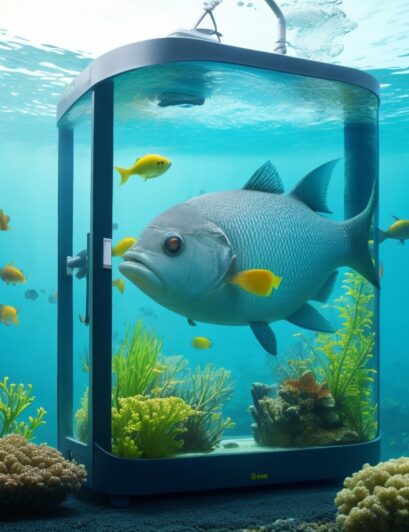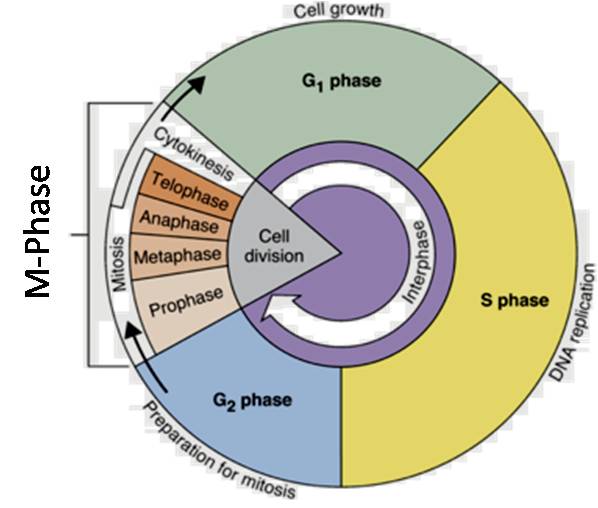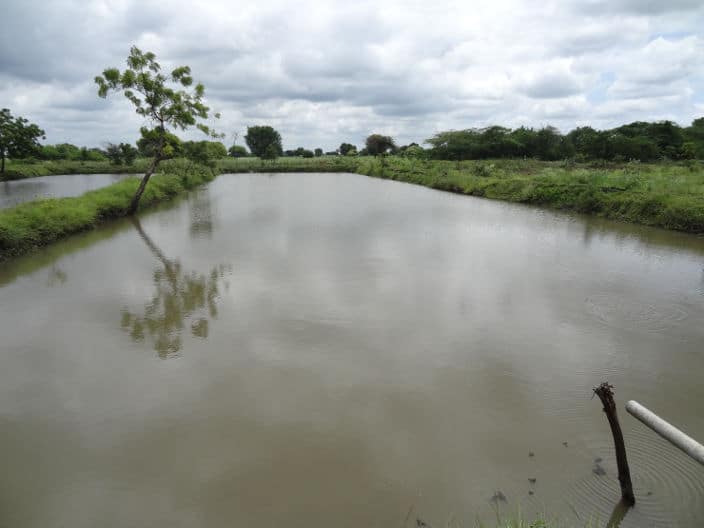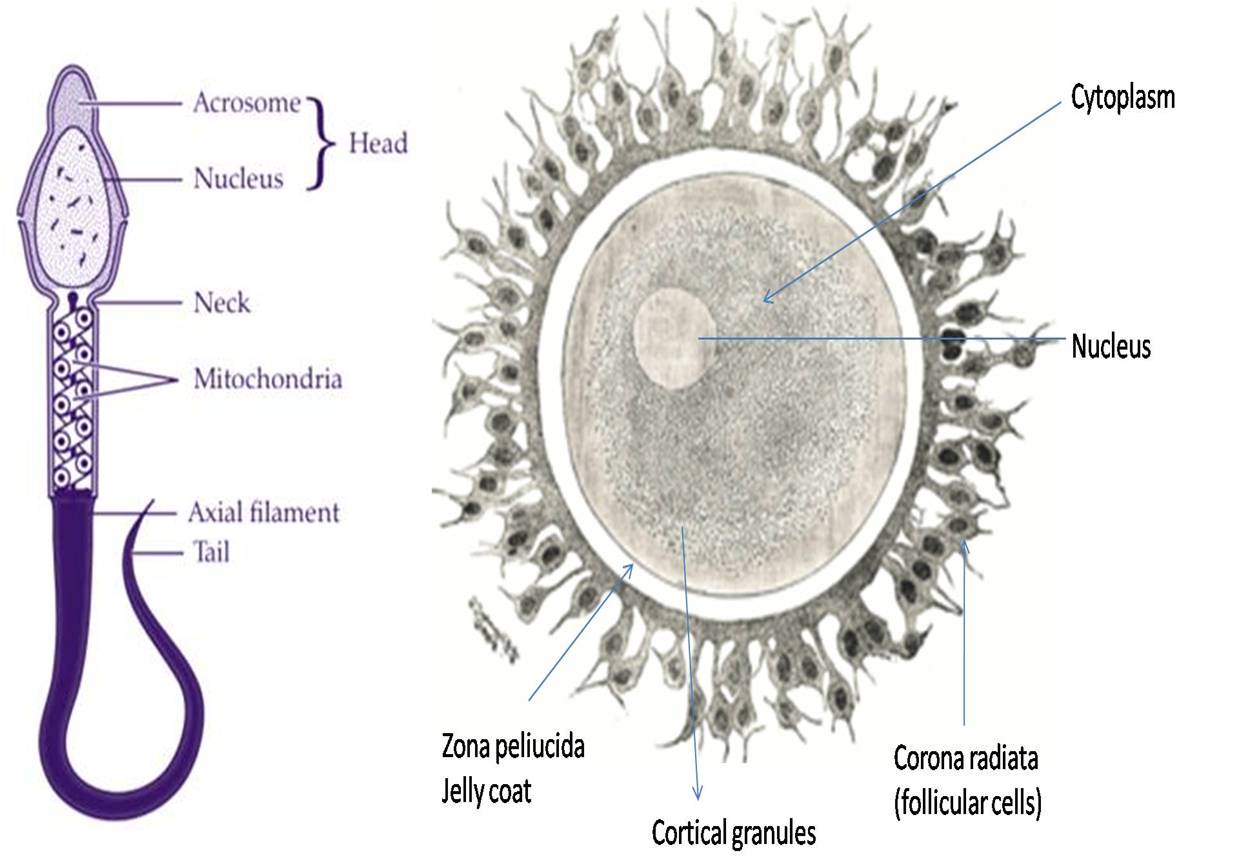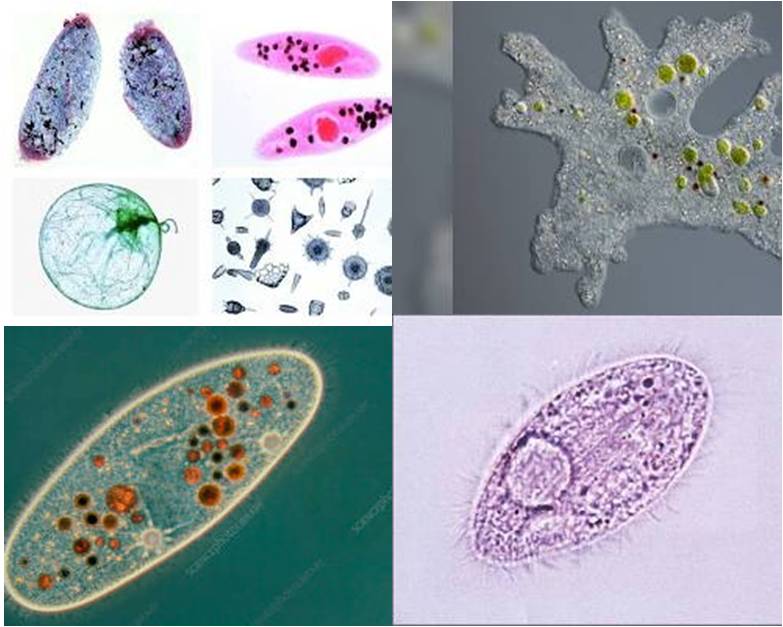Biological Significance of Some Invertebrate Animals: Some of the important invertebrate animals and their biological significance are studied in this article.
Biological Significance of Some Invertebrate Animals
1. Obelia
- It is a genus of hydrozoans, which are small, colonial marine organisms belonging to the phylum Cnidaria.
- It life cycle that includes both polyp and medusa stages. The polyp stage is asexual, while the medusa stage is sexual.
- The polyp colonies contribute to the structure of marine habitats by attaching to substrates like rocks, seaweeds, and shells.
- Their presence and abundance can provide insights into water quality and the impact of pollution.
- Obelia is used for the study of fundamental biological processes such as cell differentiation, regeneration, and the effects of environmental stressors on marine life ‘Biological Significance of Some Invertebrate Animals’
2. Physalia
- It commonly known as the Portuguese man of’ war, is a fascinating marine organism with significant biological importance.
- It has long, venomous tentacles capture prey, including small fish and plankton, contributing to the marine food web.
- Additionally, it serves as prey for certain predators like the loggerhead turtle and the blue sea slug.
- The tentacles of Physalia are equipped with nematocysts, which deliver a painful sting to humans and can be lethal to small marine animals.
- Its unique physiology and venom have potential applications in developing new medical treatments and understanding marine biodiversity.
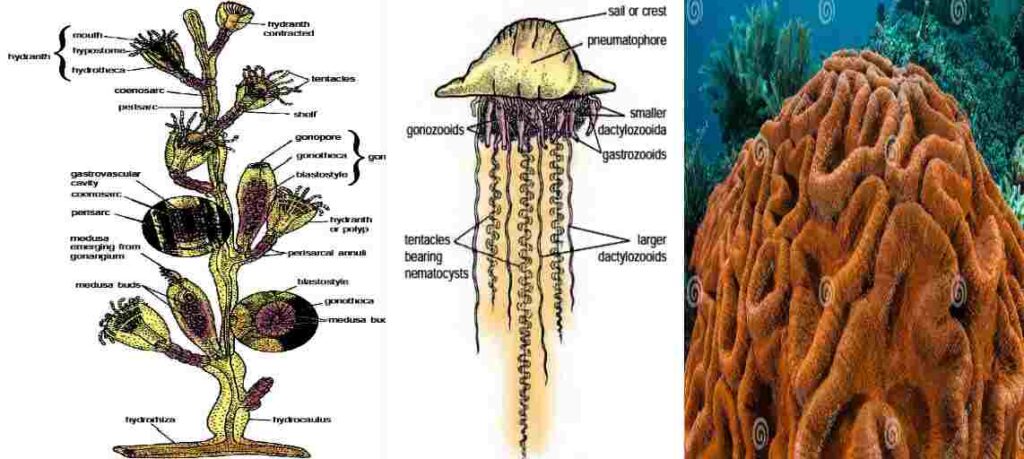
3. Corals
- Coral reefs are among the most diverse ecosystems on Earth, providing habitat for a wide variety of marine life, including fish, invertebrates, and sea turtles.
- Coral reefs act as natural breakwaters, protecting coastlines from erosion and storm damage. ‘Biological Significance of Some Invertebrate Animals’
- The structure of coral reefs helps to dissipate the energy of waves, reducing their impact on the shoreline.
- Corals, in symbiosis with tiny algae called zooxanthellae, are primary producers. They contribute to the cycling of nutrients in the ocean through photosynthesis.
- Coral reefs are important for tourism and fisheries, supporting local economies in many coastal regions.
- Coral reefs absorb carbon dioxide from the atmosphere, helping to regulate the climate change by moderating ocean temperatures.
4. Pearl Oyester
- Pearl oysters produce pearls as a defense mechanism. When a foreign object, such as a grain of sand, enters the oyster’s shell, it secretes a substance called nacre to coat and isolate the irritant. ‘Biological Significance of Some Invertebrate Animals’
- Today, most pearls are cultured. This involves inserting a foreign object, often a small piece of plastic or shell, into the oyster’s mantle. The oyster then secretes nacre around the object, forming a cultured pearl.
- Pearl oysters have significant economic value due to the demand for pearls in jewelry and other luxury items.
- Pearl oysters are filter feeders, meaning they extract food particles from the water.
- Oyster reefs, formed by the aggregation of oyster shells.
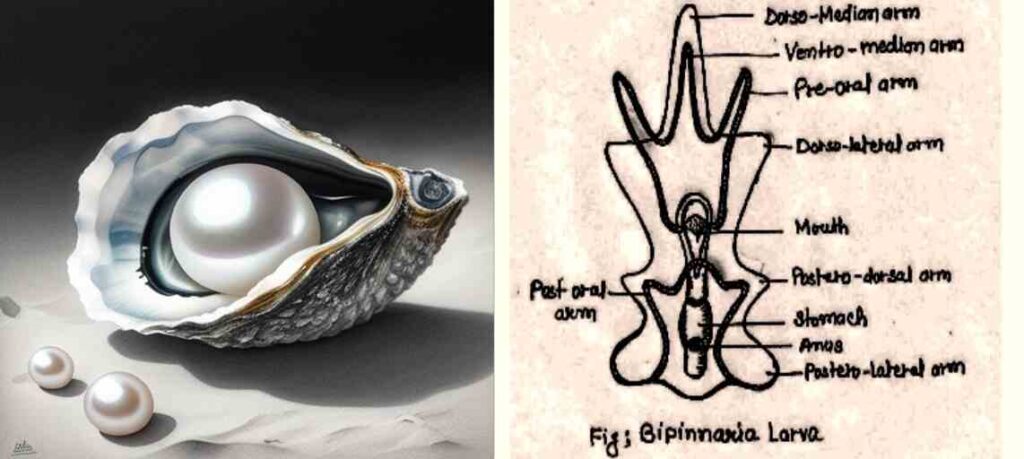
5. Bipinnaria larvae
- It is early larval stage of most starfish (class Asteroidea).
- It exhibit remarkable regenerative abilities, which are studied to uncover the molecular mechanisms underlying regeneration in echinoderms and other metazoans
- Bipinnaria larvae are crucial for studying the developmental processes of echinoderms. ‘Biological Significance of Some Invertebrate Animals’
- It is a free-swimming planktonic larvae, play a role in the marine food web.

